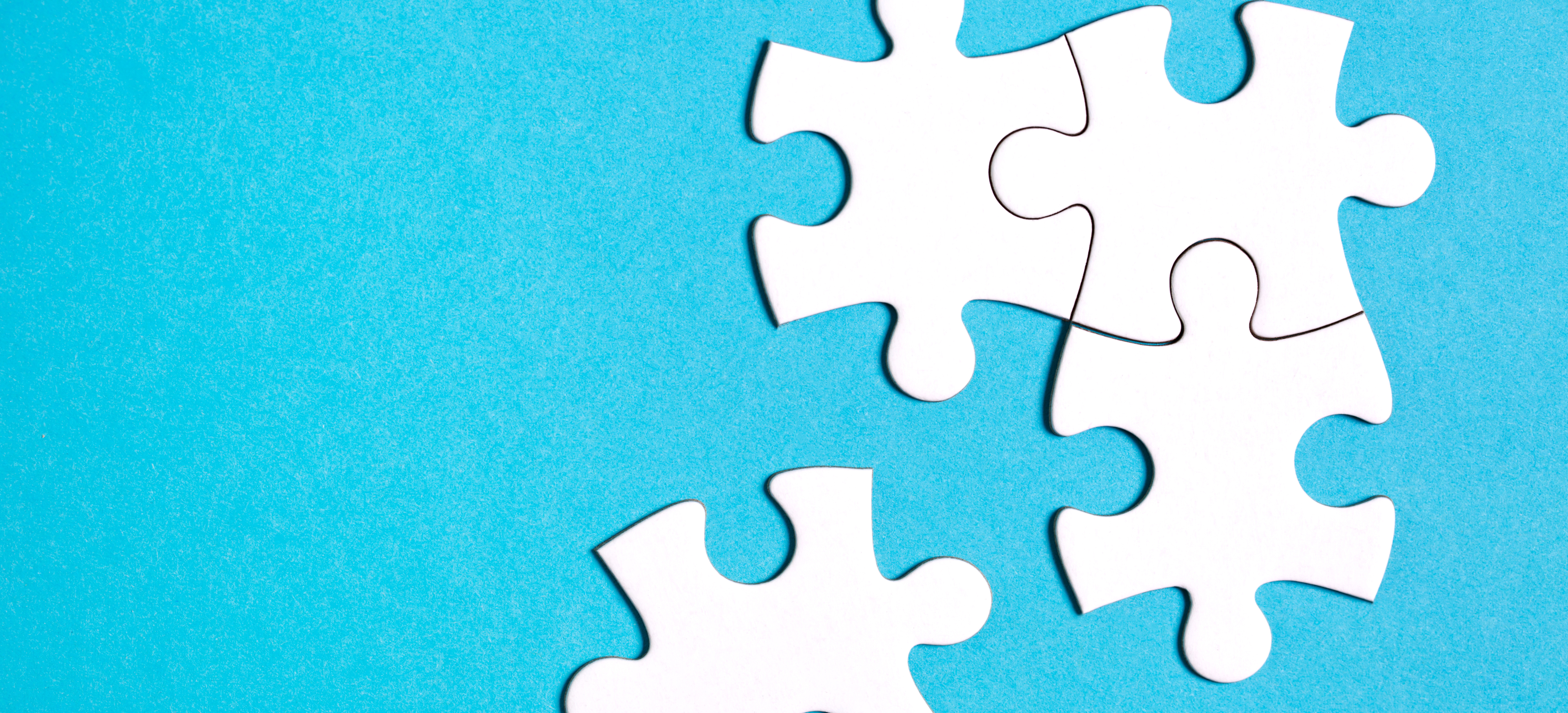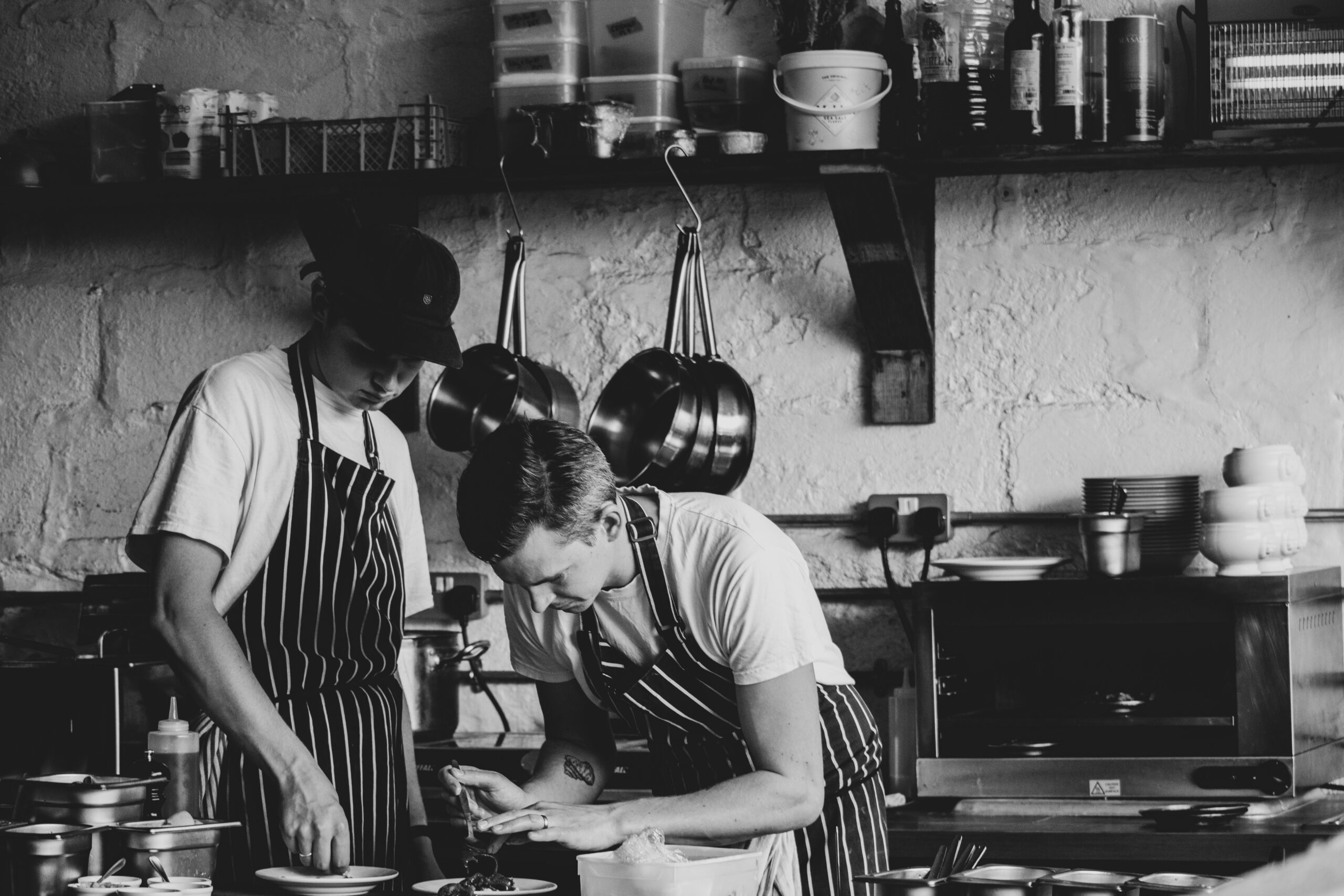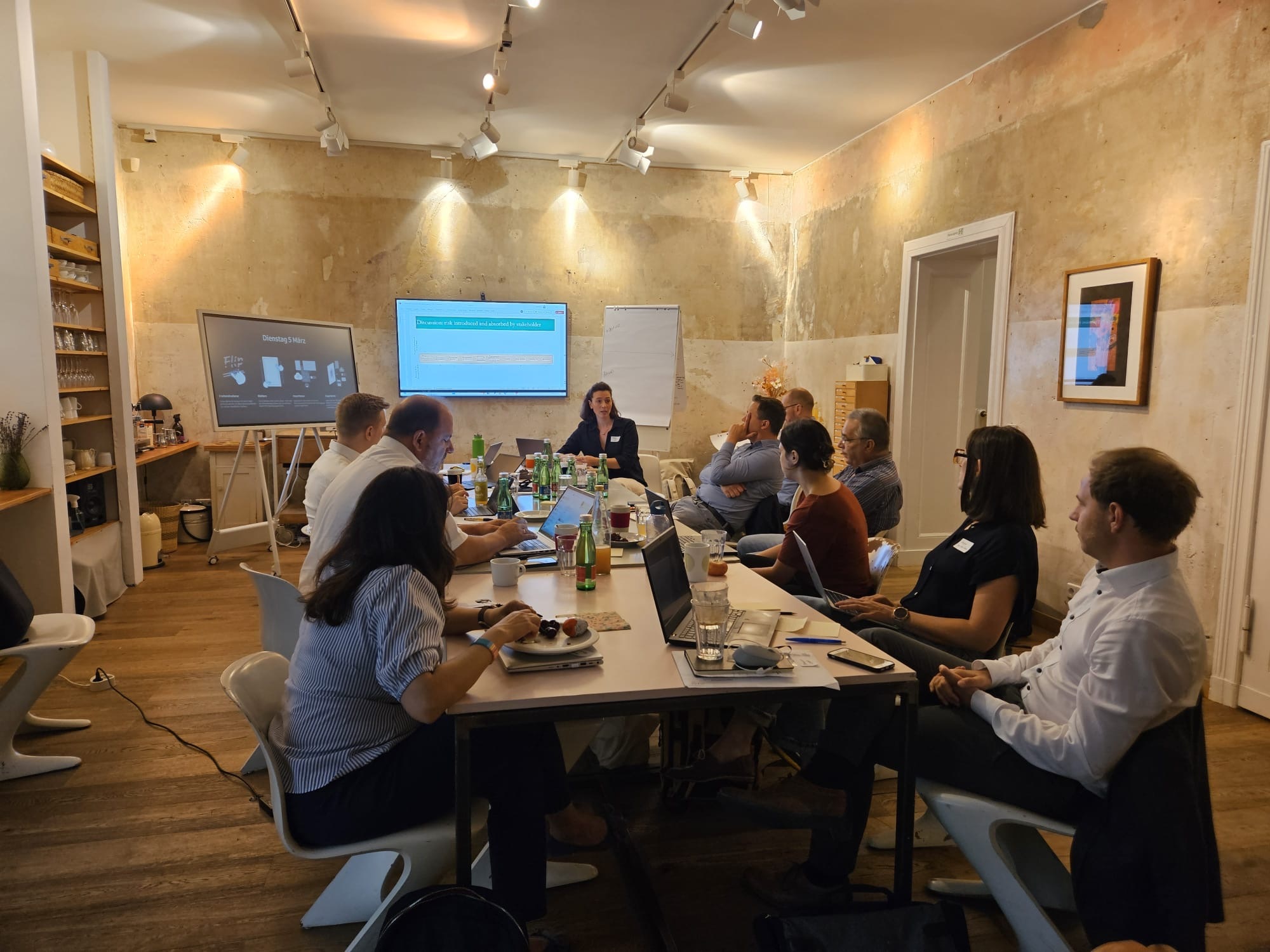
Home Office
2 Marsham Street
London, SW1P 4DF
RE: Social Care Visa Scheme
Dear Home Secretary Cooper,
The Immigration White Paper, released on 12 May 2025, outlined a strategy to reduce net migration to the UK. The paper took particular aim at the social care sector, pledging to end overseas recruitment as of 22 July 2025.[i] The White Paper findings emphasized that the social care visa scheme requires fundamental changes to resolve:
- The minimal oversight of sponsorship licenses which permitted at least 470 unqualified or fraudulent providers to recruit workers from abroad;
- The lack of grievance response mechanisms for workers to report abuse and illegal fees, allowing unscrupulous actors to carry on for far longer than they should; and
- The limited support and significant barriers for foreign workers to exercise their right to change employers on an existing visa when dismissed or in a dangerous working environment.
We write this open letter following a wide consultation process with private sector, civil society, and research institute actors across the UK Social Care sector. We agree that these challenges must be addressed. We also believe that eliminating the social care visa scheme, and solely prioritizing domestic workforce training, will not be effective or sufficient approaches to resolving these issues.
Social care is one of the most frequently used and understaffed labour sectors in the UK. A multi-decade study found that at some point in their lives, two-thirds of UK adults have been or will be carers of a loved one.[ii] The UK’s more than 1.59 million professional social carers help reduce that burden by supporting the unpaid caregiving of individuals responsible for the wellbeing of children, elders, and individuals with physical and mental disabilities.[iii]
Yet, despite social care’s ubiquity, the sector faces substantial labour shortages. In early 2025, Care England reported around 131,000 care sector vacancies.[iv] The Health Foundation has also estimated that these shortages will only grow. From 2020-2030, more than 627,000 additional social care staff will be needed to support an aging UK population.[v] To fill this gap, currently about 32 percent of all UK social care professionals are migrant workers.[vi]
We support the government’s objective to invest in a skilled domestic workforce and to target qualified labour migration pathways to fair and responsive levels. However, in the social care sector, this will take time, and domestic workers alone might never be able to fully address the market needs as the social care sector grows with an aging UK population. As such, the UK should design a care visa scheme that is selective and responsive to the needs of care providers and care beneficiaries – at least until the domestic workforce can meet the labour needs of the sector.
With this open letter we believe that the Home Office can continue to operate a social care visa scheme that is more controlled, effective, and responsive by integrating the following elements:
- Continuing to allow overseas recruitment of social care workers by authorized recruiters by placing social care occupations on the Immigration Salary List and subsequently the Temporary Shortage List.
- Developing a robust and coordinated enforcement system by the Fair Work Agency of care providers & recruiters to limit unscrupulous actors’ ability to take advantage of the system in the future.
- Expanding the employer change time for workers in the care sector from 2 months (60 days) to 4 months (120 days) to support recently dismissed workers and current care providers seeking to hire care workers already in the UK.
This open letter draws upon the insights gathered through an extensive consultation process and as a preview towards a more comprehensive set of proposals that LaMP is developing in collaboration with public and private stakeholders. We welcome the opportunity to discuss this matter with you in more detail, including pathways to implementation to build a controlled and responsive social care visa scheme.
Yours sincerely,
Labor Mobility Partnerships (LaMP)
For a PDF version of this open letter, click here.
[i] McKinney, CJ and Melanie Gower, “Changes to the UK visa and settlement rules after the 2025 immigration white paper,” House of Commons Library, July 3, 2025, https://commonslibrary.parliament.uk/research-briefings/cbp-10267/.
[ii] Yeandle, Sue. “Will I care? The likelihood of being a carer in adult life.” CarersUK, November 21, 2019. https://www.carersuk.org/media/warllcph/carersrightsdaynov19final-2.pdf.
[iii] Foster, David. “Adult Social Care Workforce in England.” House of Commons Library, October 10, 2024. https://commonslibrary.parliament.uk/research-briefings/cbp-9615/#:~:text=Around%201.59%20million%20people%20worked,47%25%20of%20home%20care%20workers.
[iv] “From Crisis to Collapse: Care England Express Concern Over Sudden End to Overseas Recruitment.” Care England, May 12, 2025. https://www.careengland.org.uk/from-crisis-to-collapse-care-england-express-concern-over-sudden-end-to-overseas-recruitment/.
[v] “Over a million more health and care staff needed in the next decade to meet growing demand for care.” The Health Foundation. October 1, 2021. https://www.health.org.uk/press-office/press-releases/over-a-million-more-health-and-care-staff-needed-in-the-next-decade-to#:~:text=It%20finds%20that%20by%202030,seen%20in%20the%20last%20decade.
[vi] “The state of the adult social care sector and workforce in England 2024,” Skillsforcare, 2024. https://www.skillsforcare.org.uk/adult-social-care-workforce-data/workforce-intelligence/documents/state-of-the-adult-social-care-sector/the-state-of-the-adult-social-care-sector-and-workforce-in-england-2024.pdf.






















